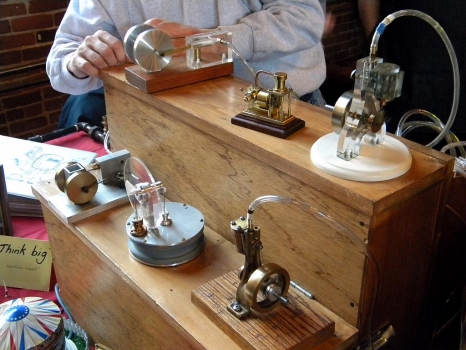A beginners Dilemma
Do I go for a kit from with castings and risk a disaster if I scrap one?
Great potential for a pleasing (encouraging) result.
Or do I go for a set of plans so I only risk my own raw material.
What is a good first project?
Do I go for a kit from with castings and risk a disaster if I scrap one?
Great potential for a pleasing (encouraging) result.
Or do I go for a set of plans so I only risk my own raw material.
What is a good first project?






